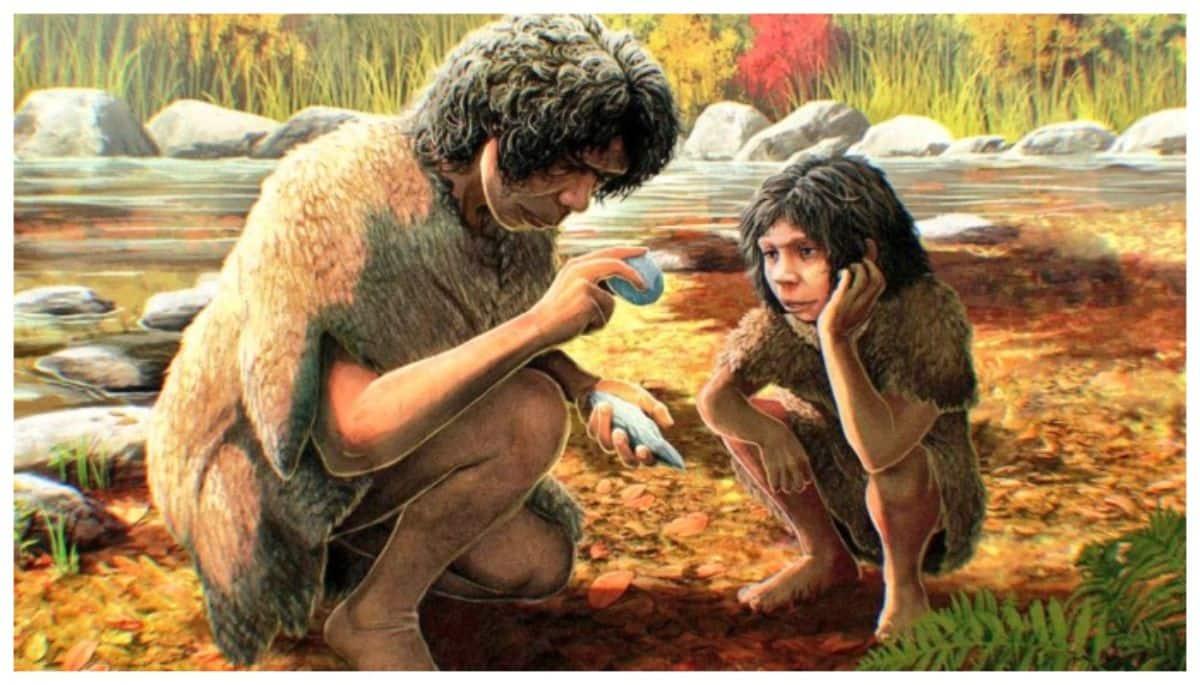
1,39,000-Year-Old Stone Tools Unearthed In Andhra Pradesh; See PICS
'I cheat a little by calling....', Anushka Sharma shares that she and Virat cooks together for Vamika, Akaay
The recently discovered collection of several hundred stone tools, carefully crafted into various shapes such as ovals, triangles, and points, serves as evidence of a pre-Homo sapiens era in South Asia. These tools, designed for tasks like cutting, scraping, and blade work, predate the migration of modern humans from Africa to the region.
The mystery began to unravel nearly two decades ago when archaeologists discovered similar stone tools at Attirampakkam, a prehistoric site near Chennai, dating back to 170,000-372,000 years ago. However, genetic evidence suggests that modern humans migrated from Africa only 60,000-70,000 years ago.
Yet, a subsequent study at Jwalapuram in Andhra Pradesh found 77,000-year-old stone tools, leading some researchers to propose that Homo sapiens may have been present in India as far back as 125,000 years ago. Furthermore, even older stone tools have been found in India, adding to the enigma.
Shanti Pappu and Kumar Akhilesh, prehistorians at the Sharma Centre for Heritage Education, have made significant discoveries at Attirampakkam, uncovering tools estimated to be around 1.5 million years old. Similarly, a site in Karnataka has yielded tools dating back approximately 1.2 million years.
However, researchers attribute these ancient tools to the "Acheulian" tradition, characteristic of the extinct Homo erectus species that inhabited Africa and Asia from 1.6 million to at least 250,000 years ago.
Anil Devara, an assistant professor of archaeology at the Maharaja Sayajirao University, Baroda, who led the excavations, highlighted the distinct differences between Acheulian and Middle Paleolithic tools, noting that Acheulian tools like hand axes and cleavers are larger and older, whereas Middle Paleolithic tools exhibit signs of deliberate planning and shaping, a trait previously attributed to Homo sapiens.
However, the discovery of Middle Paleolithic tools at Retlapalle and Attirampakkam in India, as well as similar findings in Europe, challenges the assumption that such tools emerged only with the arrival of modern humans, suggesting that other ancient human species may have also possessed this level of sophistication.
Haryana Assembly Elections 2024: BJP releases 1st list of 67 candidates, CM Nayab Saini to contest from Ladwa
Legal Disclaimer:
MENAFN provides the
information “as is” without warranty of any kind. We do not accept
any responsibility or liability for the accuracy, content, images,
videos, licenses, completeness, legality, or reliability of the information
contained in this article. If you have any complaints or copyright
issues related to this article, kindly contact the provider above.


















Comments
No comment